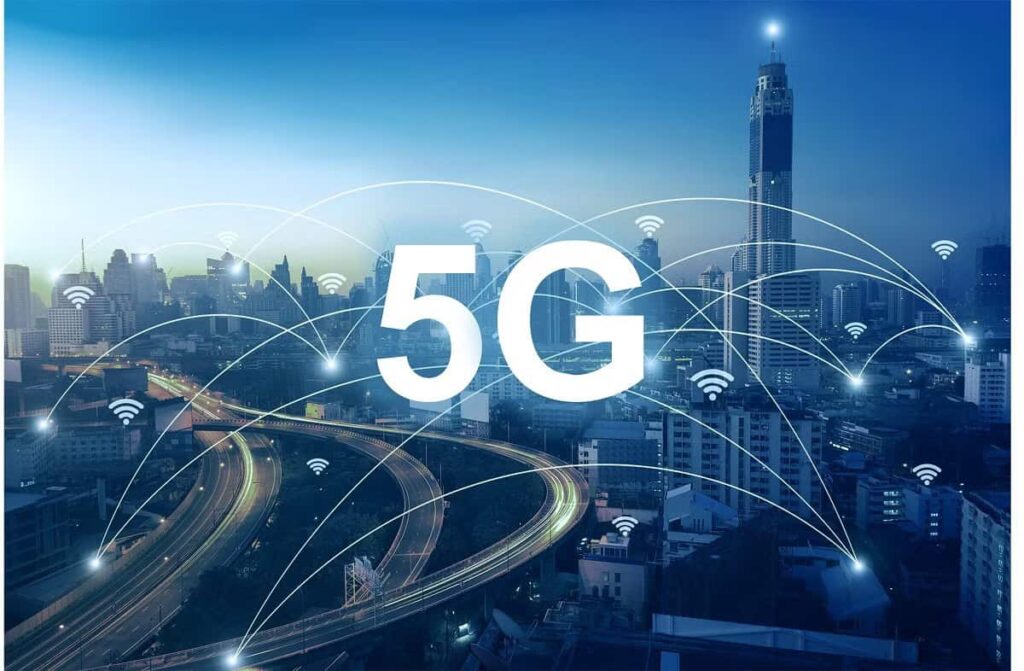Playing on the apple: how Solana is behaving
Blockchain technology is finding new ground in interactive entertainment. For years, idea games that involve teams or reward players with real owners, acting more like a prototype than in reality. But now, master and network networks are a variation of that. One of the most talked-about options? Solana.
This stability to handle a large number of transactions quickly and with minimal cost has caught the attention of developers. And as more teams build on it, interest in SOL to USD pricing, which can be seen live on the Wall St Journal, binance and Bloomberg, has started to reflect broader expectations at the network’s place in gaming’s next chapter.
Why Blockchain and Gaming Needed a Better Fit
Most blockchains weren’t designed with games in mind. Too many confirmation times and high fees create obvious friction. For the player, waiting even ten seconds for an item to load or transaction to clearly interrupts the experience. And when you find yourself acting on time, even small actions are triggered in the direction of the crysk.
Games should be about freedom, flow, and feedback. The system should be able to hold it back.
Solana, with a large processor and more disruptive architecture, offices, and deep foundations. This allows developers to experiment with more complex mechanics, more frequent asset updates, and more reactive systems with passing extra cost to the player.
Real Ownership, Real Interaction
One of the block-chain’s biggest selling points in gaming is that players can truly own the things they earn. Whether it’s a cosmetic item, a tool, or a piece of digital land, it can exist in a wallet, not just a company database.
With low transaction fees, it becomes possible to make those items tradable, upgradeable, or even destructible. Games can introduce mechanics where in-game choices permanently change assets. That little design works incredibly hard on a network that’s expensive or slow.
On Solana, ownership can be fluid. Players can earn bonuses, roll up items, or use tokens for features without having to drag them through the grind or struggle for gameplay.
The Network Is Part of the Design
In traditional gaming, the system moves in time with the scene. In block-chain games, the network works part of the gameplay. It is the movements that do when, when, and how. This can be anything that moves, crafts, trades, or wins, leading developers to a new level of depth and dynamism.
Solana’s structure allows this kind of interaction to happen without delays. Those methods are more likely to be thrown on-chain, not just stored in a backend database.
Micro-Rewards and Real-Time Feedback
Solana makes small, frequent rewards practical. When a game throws your players into battle in a matter of minutes after the level is reached, it can be that without loading or unprotected lag.
Micro-transactions are no longer stuck behind gas fees. Developers can use them to reward behavior, accumulate exploration, or incentivize player collaboration. And because the cost is low, these rewards can be played in everyday play, not saved up for special events.
Game Logic Meets Wallet Logic
In block-chain games, pies don’t just where items live. They’re also how players log in, track achievements, and carry reputation across different titles.
Solana supports this kind of identity layering. Wallet is put to the word that people are under the game, capturing a collection and history in each new world. Developers can play players based on what they do, or players who can use families in new practices.
Lower Barriers to Entry
Fast networks with low costs and help open the door for new players. There’s no attempt to launch money just to put into games. Solana makes it easier to build free-to-play systems where value is earned, no bought.
This shifts the dynamic. Players can carry in, energy, and smoothly build their ways into deep practices without the need for genuine crypto first. And with the right wallet integrations, much more even realize they’re interacting with blockchain until they’re ready to explore it more fully.
Shared Spaces, Real Stakes
Most of the interesting use cases for blockchain involve shared environments . Places where one player does affect others. Solana supports these systems with significant changes and real records.
This could be community-building enterprises, nature-development, or competition areas where wins and losses are public. With the right tools, developers can build experiences that shift based on player behavior in a way that is transparent, permanent, and fair.
What Needs to Improve
No network is perfect. Solana has faced questions about uptime and stability. Developers are actively working to make the system more robust, especially under load.
There is also a walking curve. When tools and documentation have not been implemented, there is a gap between the residence between individual builders and first-timers. Those that addressed better onboarding, simpler interfaces, and templates will leave people without deep technical knowledge.
The Bigger Picture
Blockchain games still have their own voice. Some are not like finance with a skin. Others are being discovered to go into experimentation without the constraints of stability.
Solana shapes the efficiency and functionality needed to improve stability with functionality. It lets teams build games that are fun first, and still benefit from the unique strengths of on-chain infrastructure.
Final Words
The previous game should not be on one platform. However, this will clearer that networks are able to hold these thoughts.
Solana stands out for offering speed, affordability, and room to explore. For developers, that means fewer restrictions. For players, that means more boring, smarter experiences.



